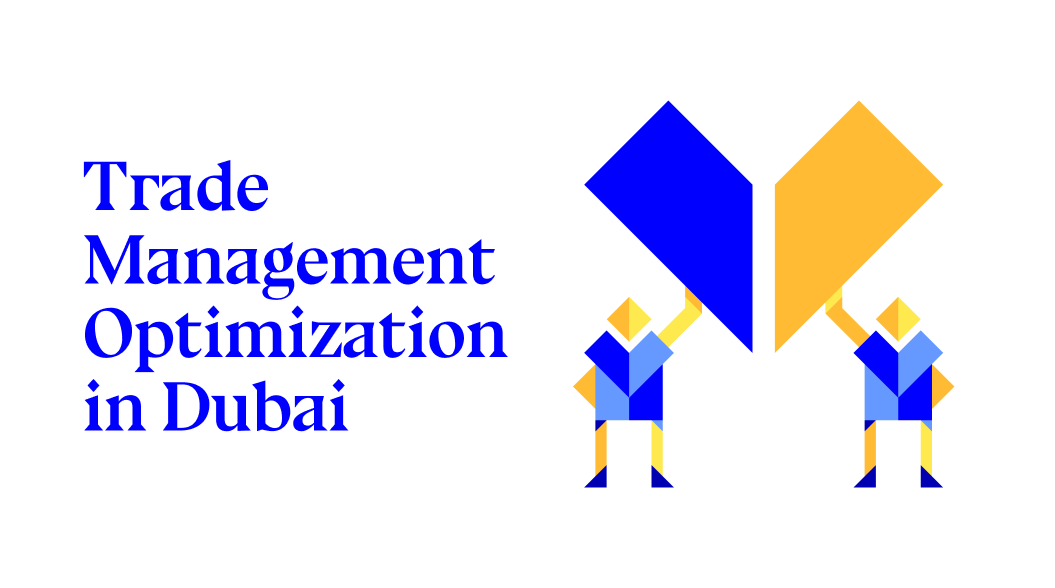Each Business is a victim of Digital Darwinism, the evolution of consumer behavior when society and technology evolve faster than the ability to exploit it. Digital Darwinism does not discriminate. Every business is threatened, says Brain Solis.
According to the 2016 Global Trade Management Survey 2016 by Thomson Reuters and KPMG International, the near-term outlook for global trade may seem grim because the global economy is not doing well and there is a high level of uncertainty. But underneath those fundamentals, there are important details regarding trade operations and opportunities waiting to be seized. Companies cannot control the macroeconomic fundamentals that shape the industry. They can, however, control their operational approach to doing business and make their trade function more efficient. And efficiency, for trade teams, has a distinct meaning.
Trade Management Optimization involves the activities from obtaining the price quotes, rebates and allowances, onboarding vendors, negotiating the contracts, listing the products, planned purchases, performance evaluation, and making the payments at the right time and is an integral part in every business for operational ease.
A successful Global Trade Management implementation will optimize operational efficiencies, maximize automation, strip every unnecessary cost from current cross‐border processes, and deliver a positive return on investment (ROI). Streamlining trade management and improving operational efficiencies also include automating manual tasks, better utilization of free trade agreements, reducing the complexity of the classification process, and aligning transfer pricing and customs valuation among others.
Built on the back of an oil and real-estate boom, Dubai is now recognized as the globalized financial capital of the United Arab Emirates (UAE); a hub for trade, tourism, and banking, according to the World Economic Forum. Here are the Trade Management Optimization use-cases of RPA.
Data Management and Compliance:
There are 4 billion pages of documents circulating in documentary trade, says the 2018 Global Trade-Securing Future Growth, International Chamber of Commerce's Global Survey on Trade Finance. RPA manages such huge data and handles regulatory compliances across the world.
Export and Import Management:
Export and Import management includes automated product classification, end-user management, license determination and management, entry and document management, post-entry action, security filing, and landed cost calculation.
Customs and Duty Filing:
Duty Filing involves minimizing duties through free trade agreements and foreign trade zones and helping a great way in supplier solicitation. RPA also consolidates the right data for filing customs as self-filing is labor-intensive.
Customer Service:
As against the conventional customer service process, where a customer submits documents manually, automation tools can undertake machine learning-based document identification, scanning, and automated completeness scrutiny.
